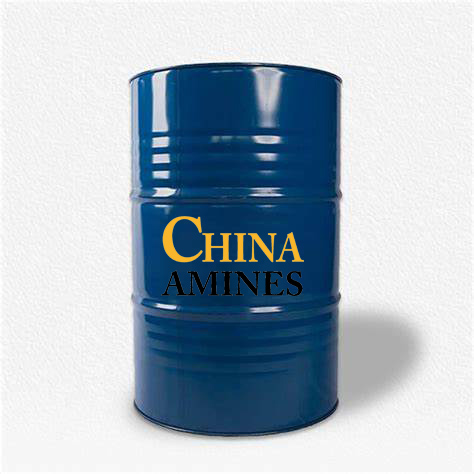1. Chemical Structure and Properties
Molecular Formula: C₁₀H₂₂O₂
Structural Formula:
CH₃(CH₂)₃C(CH₂CH₂OH)OCH₂CH₂OH
A branched glycol ether derived from the reaction of ethylene glycol with isooctanol (2-ethylhexanol).
Physical Properties:
Appearance: Clear, colorless to pale yellow liquid with a mild ether-like odor.
Boiling Point: 220–230°C; Density: 0.89–0.91 g/cm³; Vapor Pressure:<0.01 mmHg at 25°C.
Solubility: Miscible with alcohols, esters, and hydrocarbons; low water solubility (<0.1% w/w).
Chemical Properties:
Hydrolysis Resistance: Stable under neutral and mildly acidic/alkaline conditions.
Thermal Stability: Decomposes above 250°C, releasing aldehydes and carbon oxides.
Flammability: Combustible (flash point: ~100°C).
2. Industrial Applications
Coatings & Inks:
High-Boiling Solvent: Enhances flow and leveling in automotive and industrial coatings.
Plasticizer: Improves flexibility in epoxy and polyurethane adhesives.
Metalworking Fluids:
Lubricity Agent: Reduces friction in cutting and stamping operations.
Cleaning Products:
Industrial Degreaser: Effective for removing heavy oils and greases from machinery.
Personal Care:
Emollient: Used in cosmetic formulations for its low volatility and skin compatibility.
3. Safety and Toxicology
Health Hazards:
Acute Exposure:
Skin Contact: Mild irritation (rabbit skin LD₅₀: >2,000 mg/kg); prolonged exposure may cause defatting.
Inhalation: Low volatility minimizes risk (TLV-TWA: Not established; handle as nuisance vapor).
Ingestion: Low acute toxicity (oral LD₅₀ rat: >5,000 mg/kg).
Chronic Effects:
Reproductive Toxicity: Limited evidence of developmental effects in animal studies (OECD 414).
Organ Toxicity: No significant hepatotoxicity or nephrotoxicity observed in subchronic studies.
Protection Measures:
PPE: Nitrile gloves, safety goggles, and general ventilation.
Storage: Stable in HDPE containers; avoid prolonged exposure to light.
4. Environmental and Regulatory Compliance
Environmental Impact:
Aquatic Toxicity: LC₅₀ (fish, 96h): >100 mg/L; EC₅₀ (daphnia): >50 mg/L.
Biodegradability: Slow (OECD 301F:<30% in 28 days); persistent in soil and water.
Bioaccumulation: Moderate (log Kow: ~3.0).
Regulatory Frameworks:
EU:
REACH: Registered with no SVHC listing; CLP classification Not Hazardous.
USA:
EPA: Exempt from VOC status under 40 CFR 51.100(s)(1); TSCA-listed.
China:
GB 13690-2009: Classified as General Chemical (non-hazardous).
Waste Management:
Incinerate in approved facilities; landfill disposal permitted for small quantities.
5. Case Studies and Application Insights
Case 1: Automotive Coating Innovation (BASF, 2023):
Challenge: Improve scratch resistance in high-gloss clearcoats without increasing VOCs.
Solution: Glycol isooctyl ether (5% w/w) replaced traditional phthalate plasticizers.
Result: Achieved 20% higher scratch resistance (ASTM D3363) and compliance with EU REACH.
Case 2: Sustainable Metalworking Fluids (Castrol, 2022):
Process: Formulated biodegradable cutting fluids using glycol isooctyl ether as a base.
Outcome: Reduced fluid consumption by 30% and extended tool life by 15% in CNC machining.
Comparative Analysis:
Glycol Isooctyl Ether vs. Ethylene Glycol Monobutyl Ether (EGBE):
Pros: Lower toxicity, higher thermal stability, and better compatibility with polar polymers.
Cons: Higher viscosity (25 mPa·s vs. 3 mPa·s) limits use in low-viscosity applications.
Specifications:
Glycol Isooctyl Ether is a colorless, low-odor solvent with excellent solvency and low volatility, commonly used in coatings, inks, and chemical formulations, available in bulk from China Amines Co.


